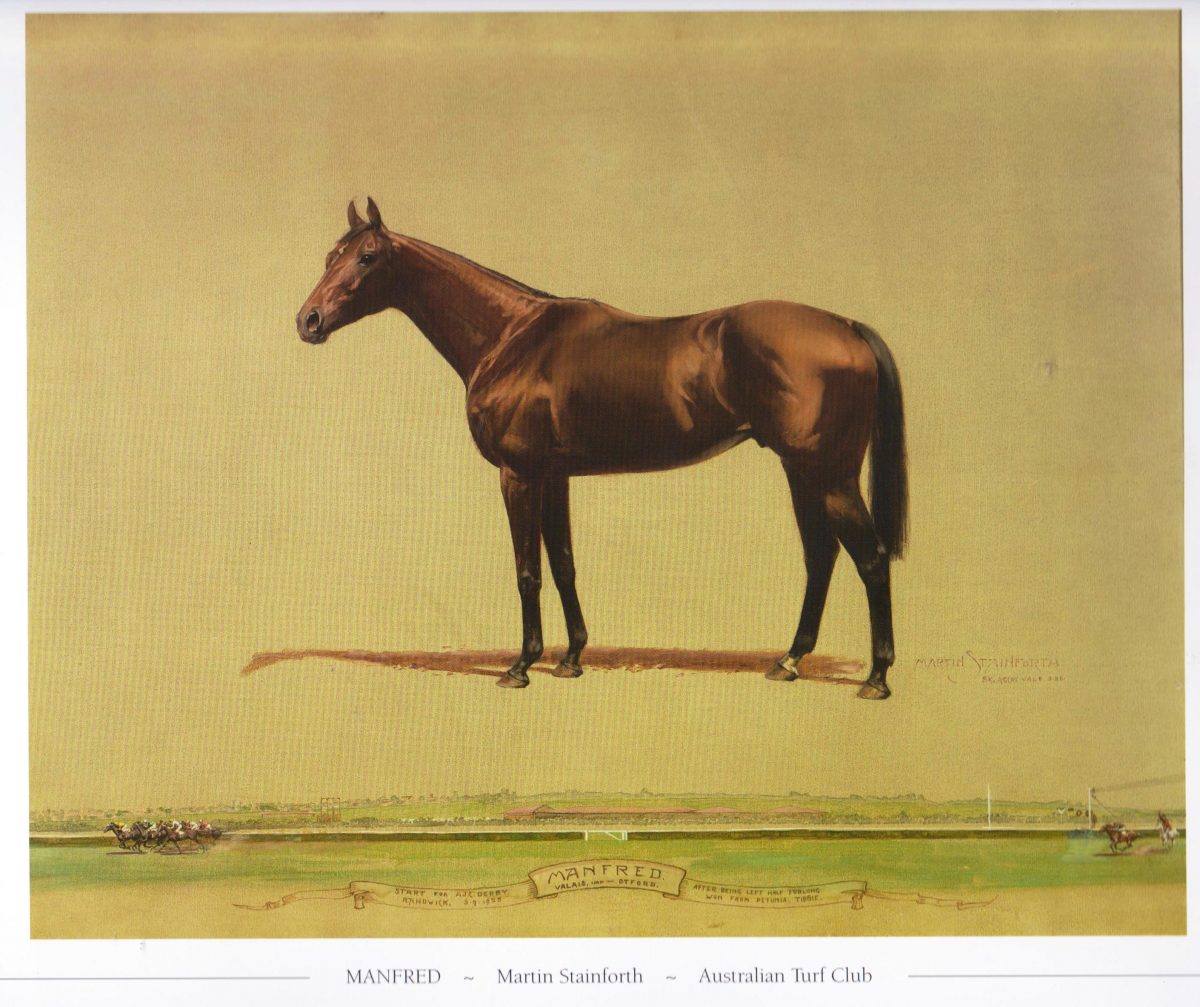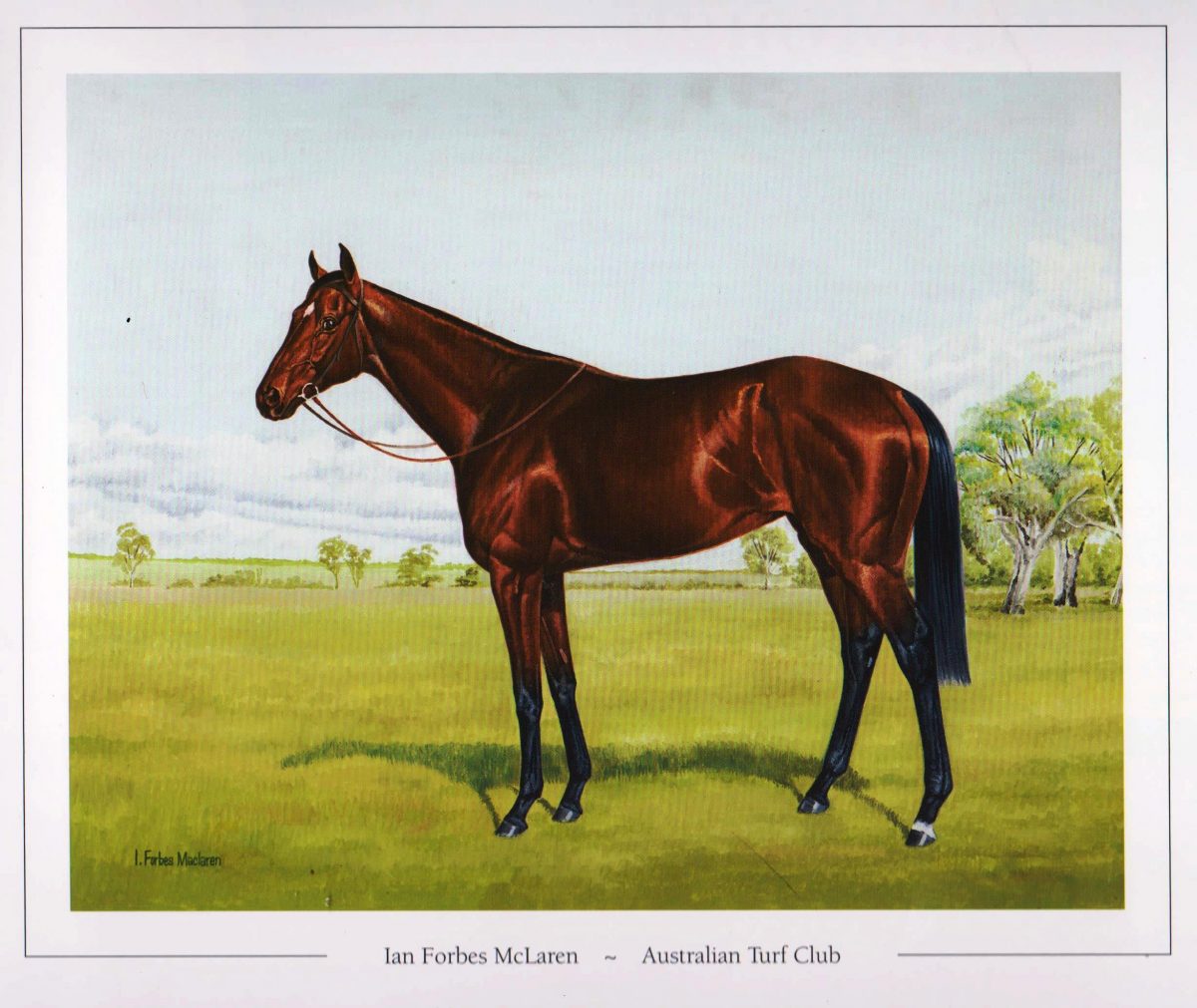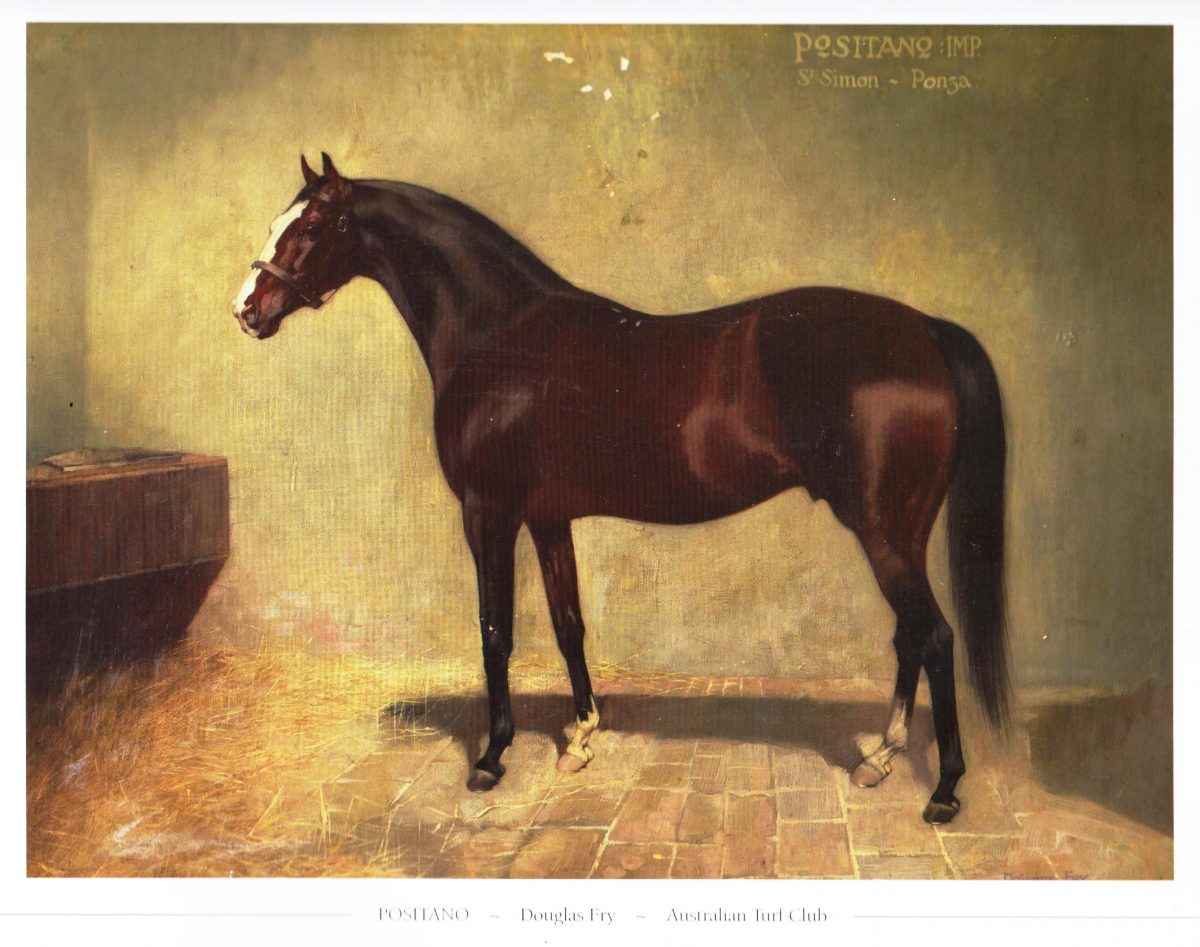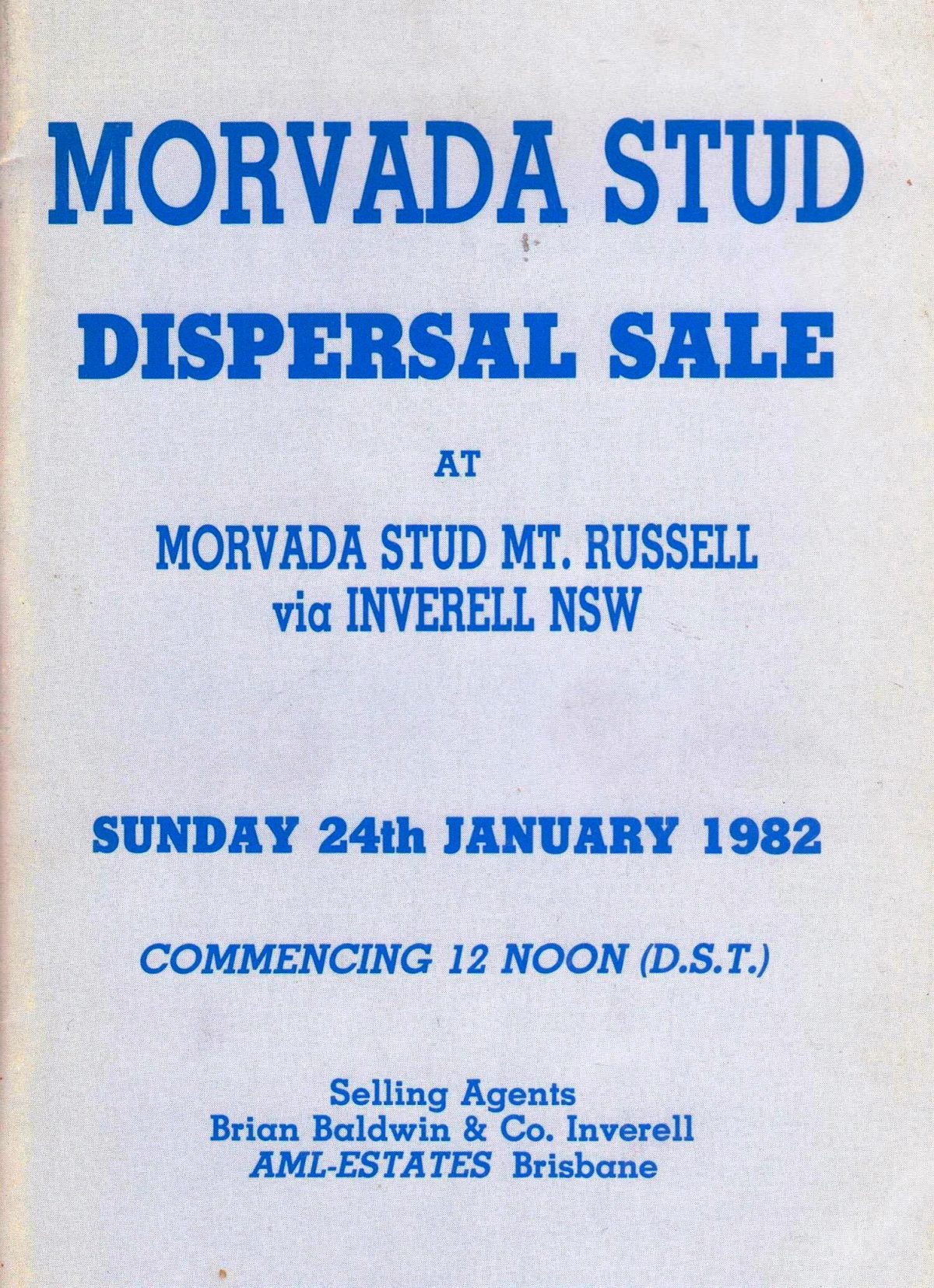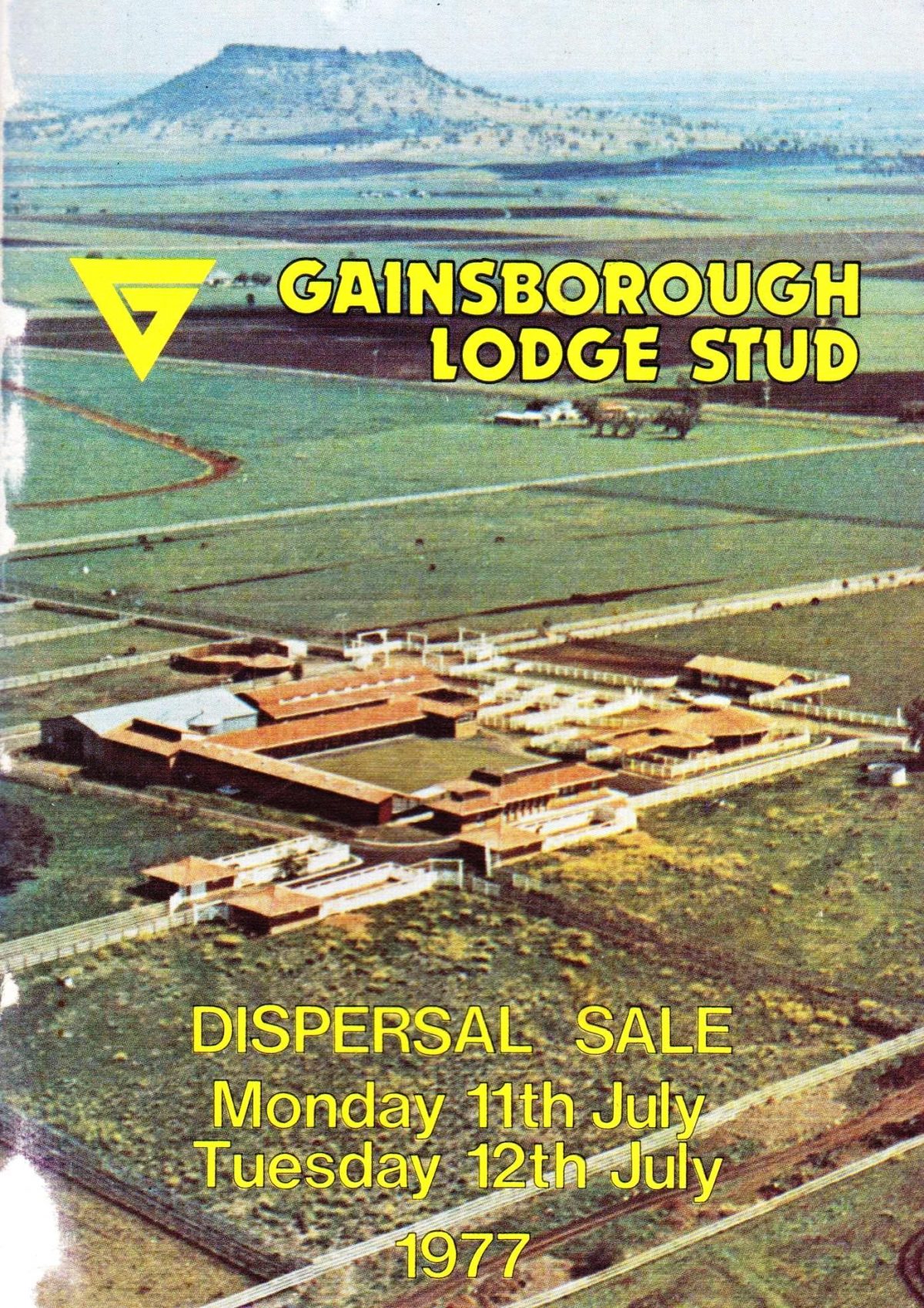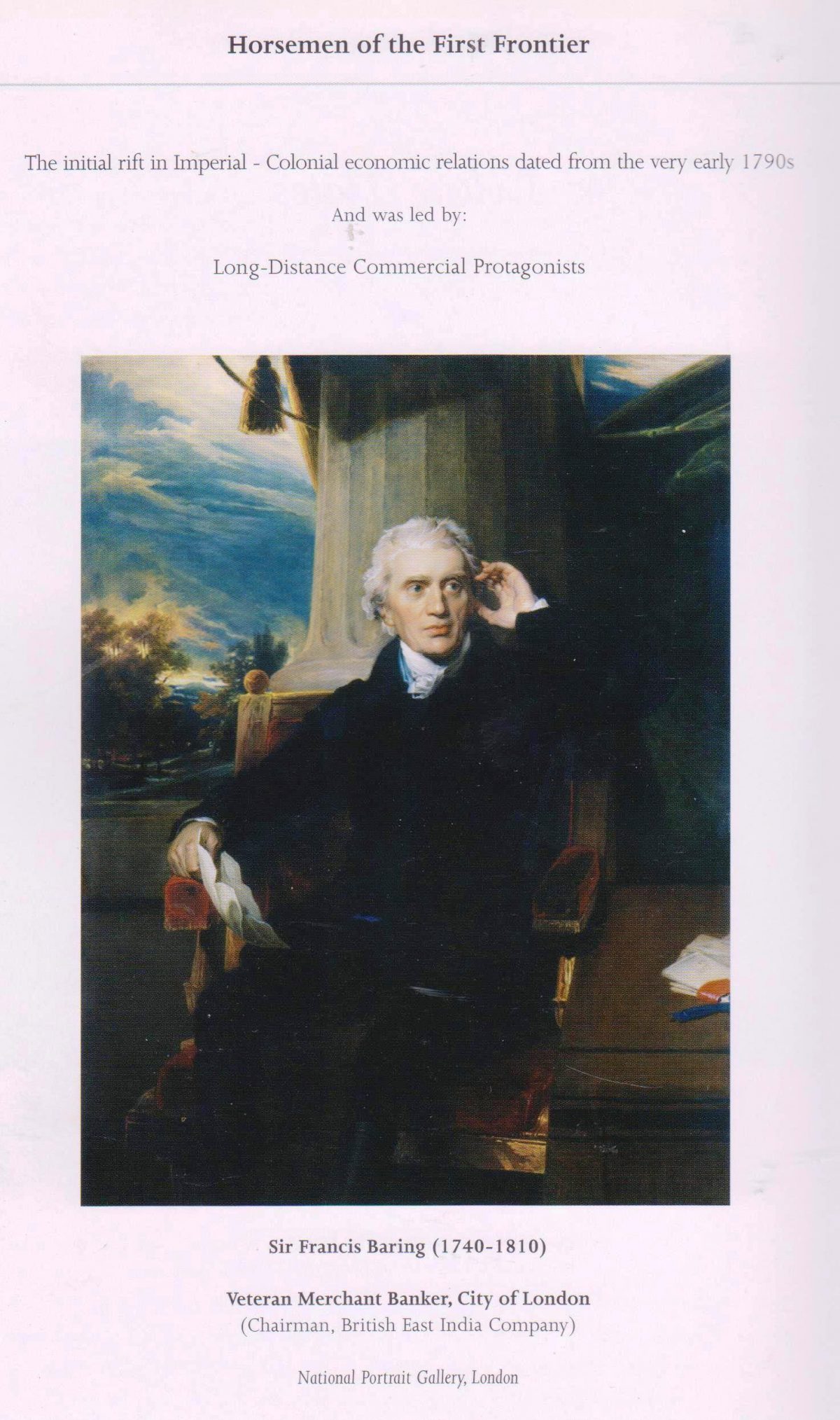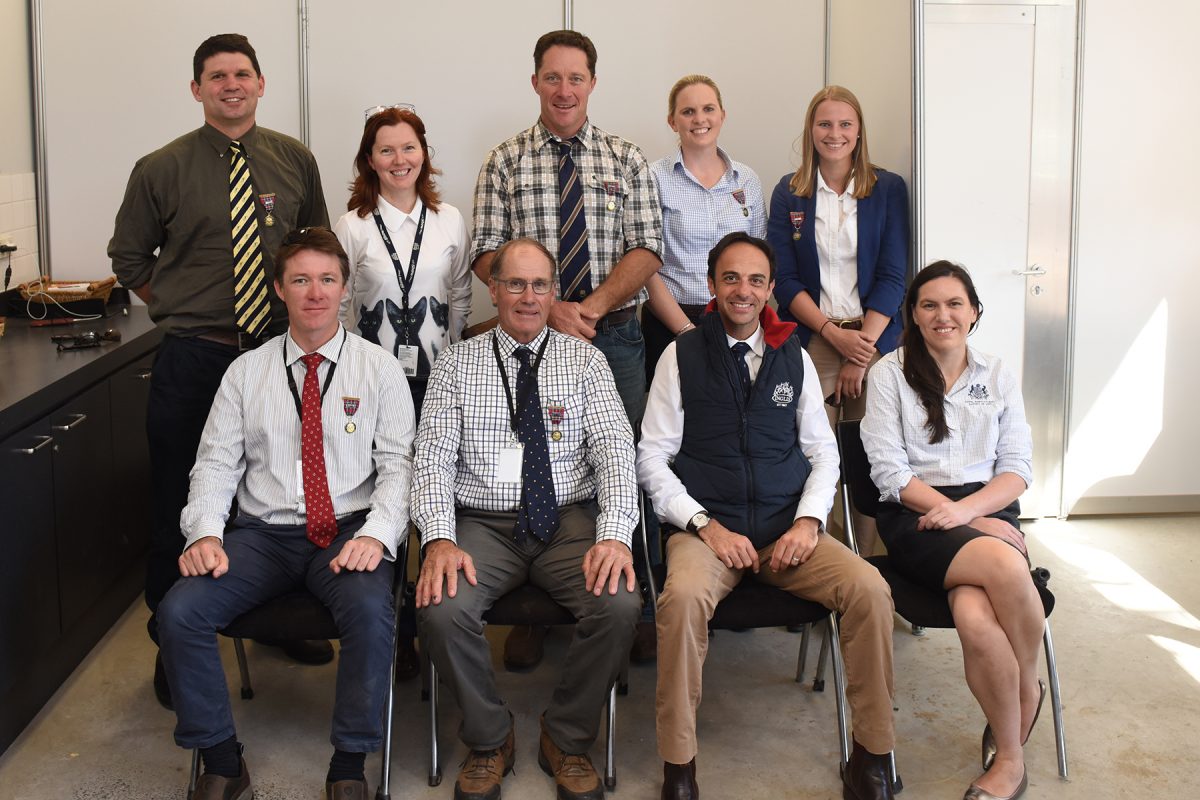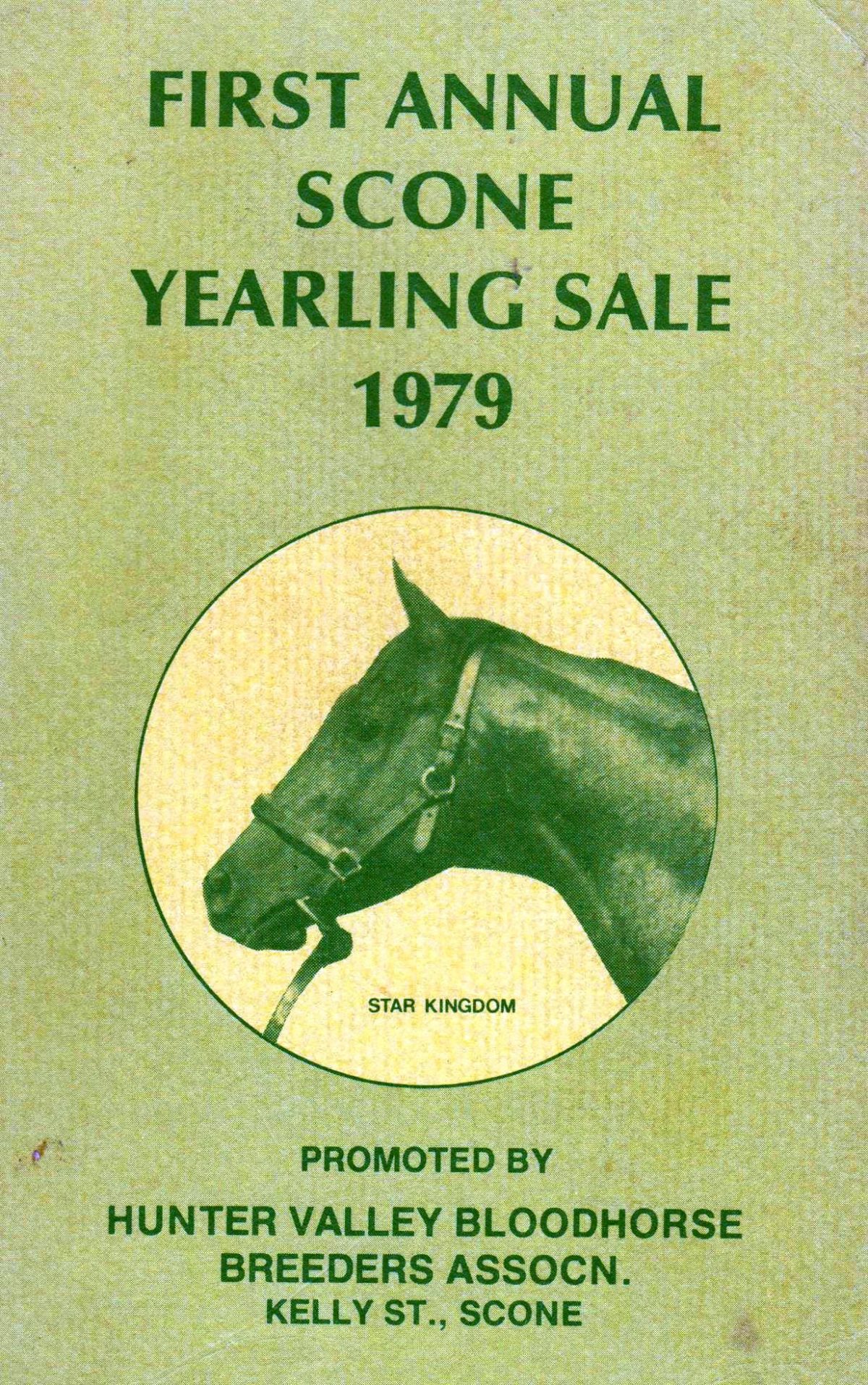Sydney Parkinson (1745 – 1771)
Featured Image:
Sydney Parkinson (1745-1771), by James Newton; National Library of Australia, nla.pic-an9800893
Sydney Parkinson and the ‘Great Superintendent of the Universe’
Peter Moore writes in his excellent book ‘Endeavour’ about the journey to measure the transit of Venus in 1769: “Sydney Parkinson exists today in the shadow of Cook, Banks and Solander. In several ways his perspective is the most revealing of them all”. Parkinson was a Quaker. I attended a Quaker School. We have that much in common; albeit it’s slight. His faith was found not in church but rather by standing ‘in the light’. Belief was established in the natural world rather than the supernatural. Rounding Cape Horn in the Endeavour Parkinson was struck with foreboding:
How amazingly diversified are the works of the Deity within the narrow limit of the globe we inhabit, which compared with the vast aggregate of systems that compose the universe, appears but a dark speck in the creation! A curiosity, perhaps, equal to Solomon’s, though accompanied with less wisdom than was possessed by the Royal Astronomer, induced some of us to quit our native land, to investigate the heavenly bodies minutely in distant regions, as well as to trace the signature of the Supreme Power and Intelligence throughout several species of animals, and different genera of plants in the vegetable system, ‘from the cedar that is in Lebanon, even unto the hyssop that springeth out of the wall’; and the more we investigate, the more we ought to admire the power, wisdom, and goodness, of the Great Superintendent of the Universe; which attributes are amply displayed throughout all his works; the smallest object, seen through the microscope, declares its origin to be divine, as well as those larger ones which the unassisted eye is capable of contemplating.
Does this adumbrate elements of pantheism?
Peter Moore also speculates that the crew of the ‘Endeavour’ were in some respects even more isolated and ‘remote’ than the Apollo Astronauts on the surface of the moon almost exactly 200 years later?











